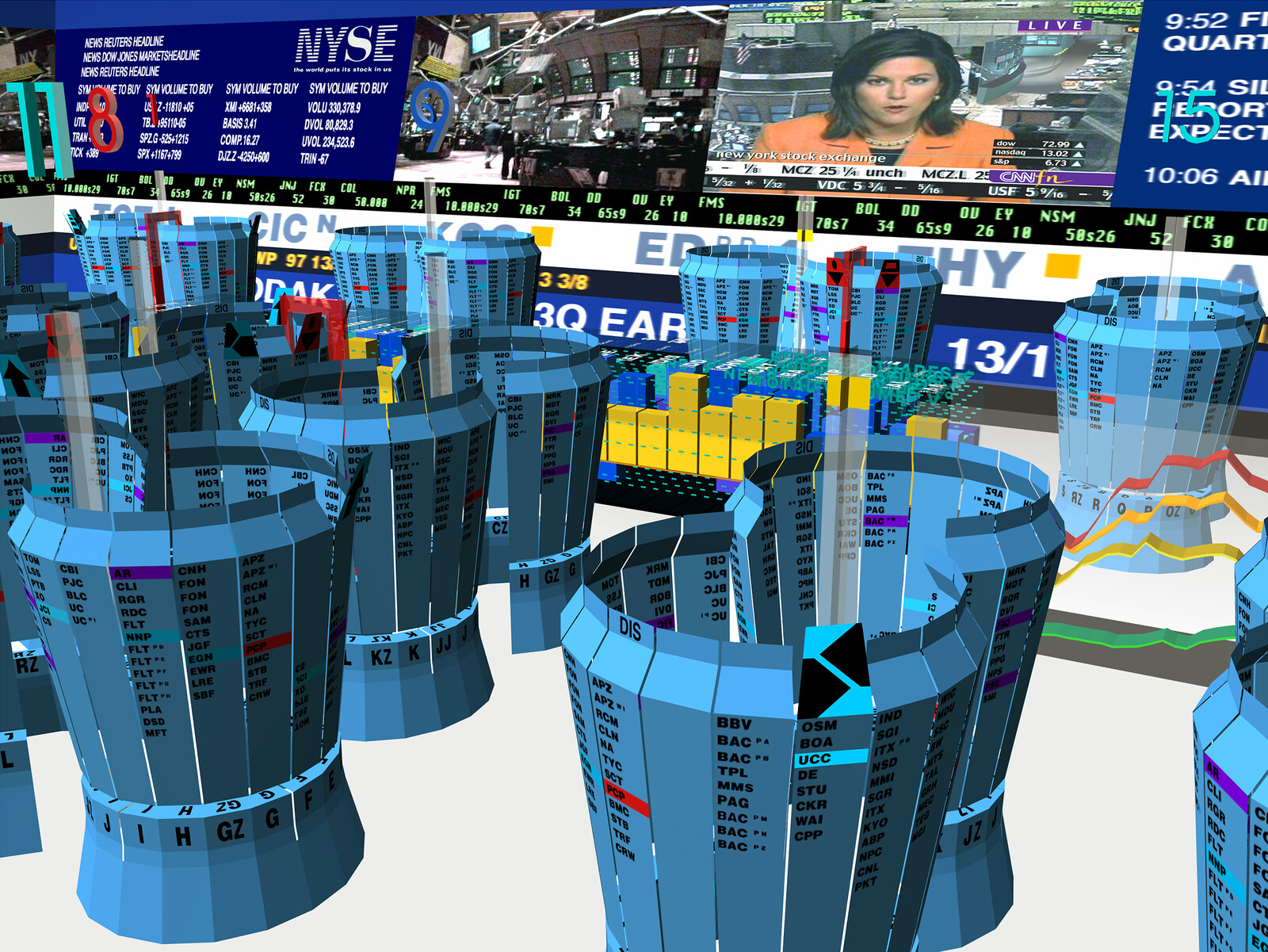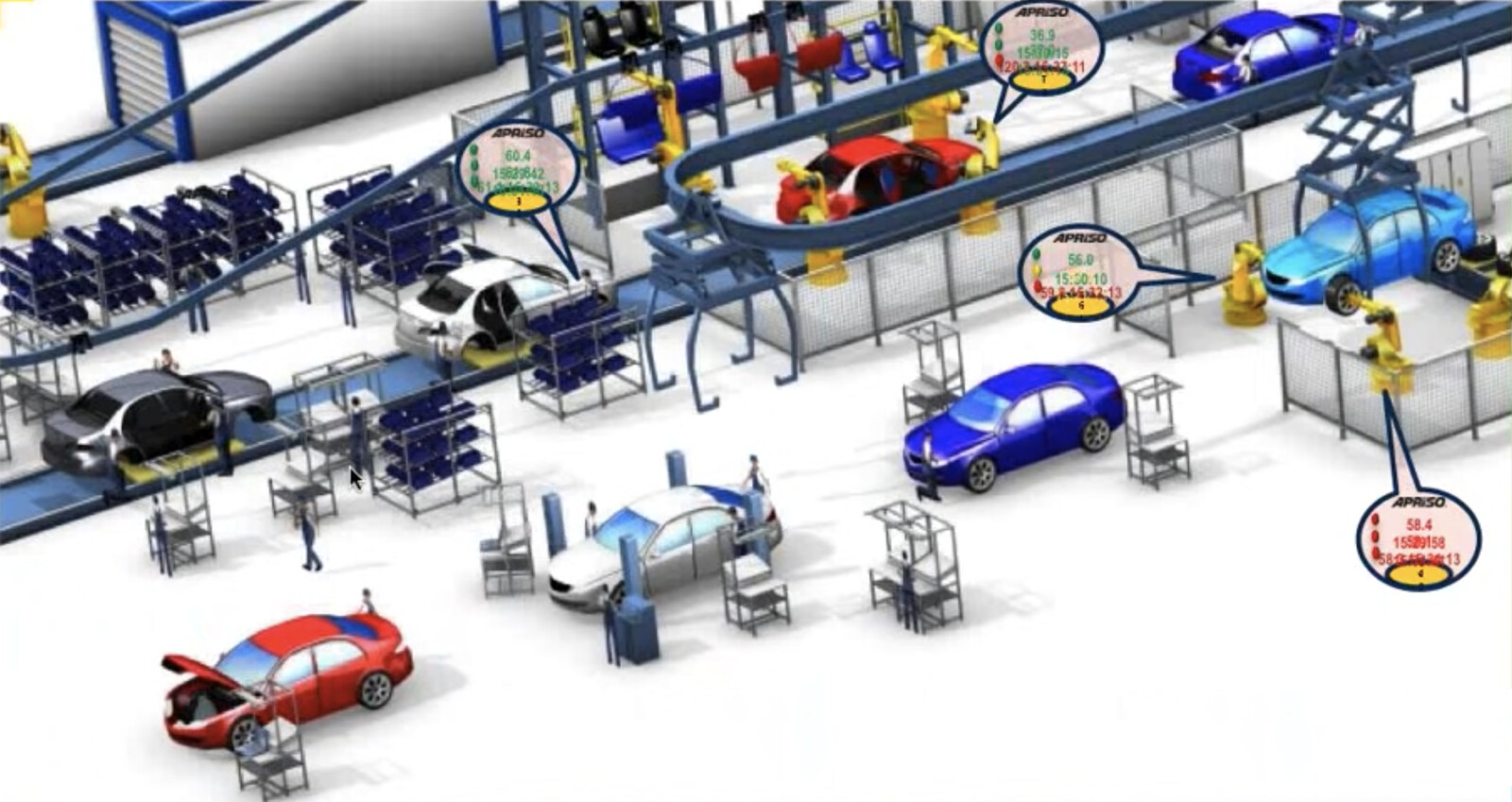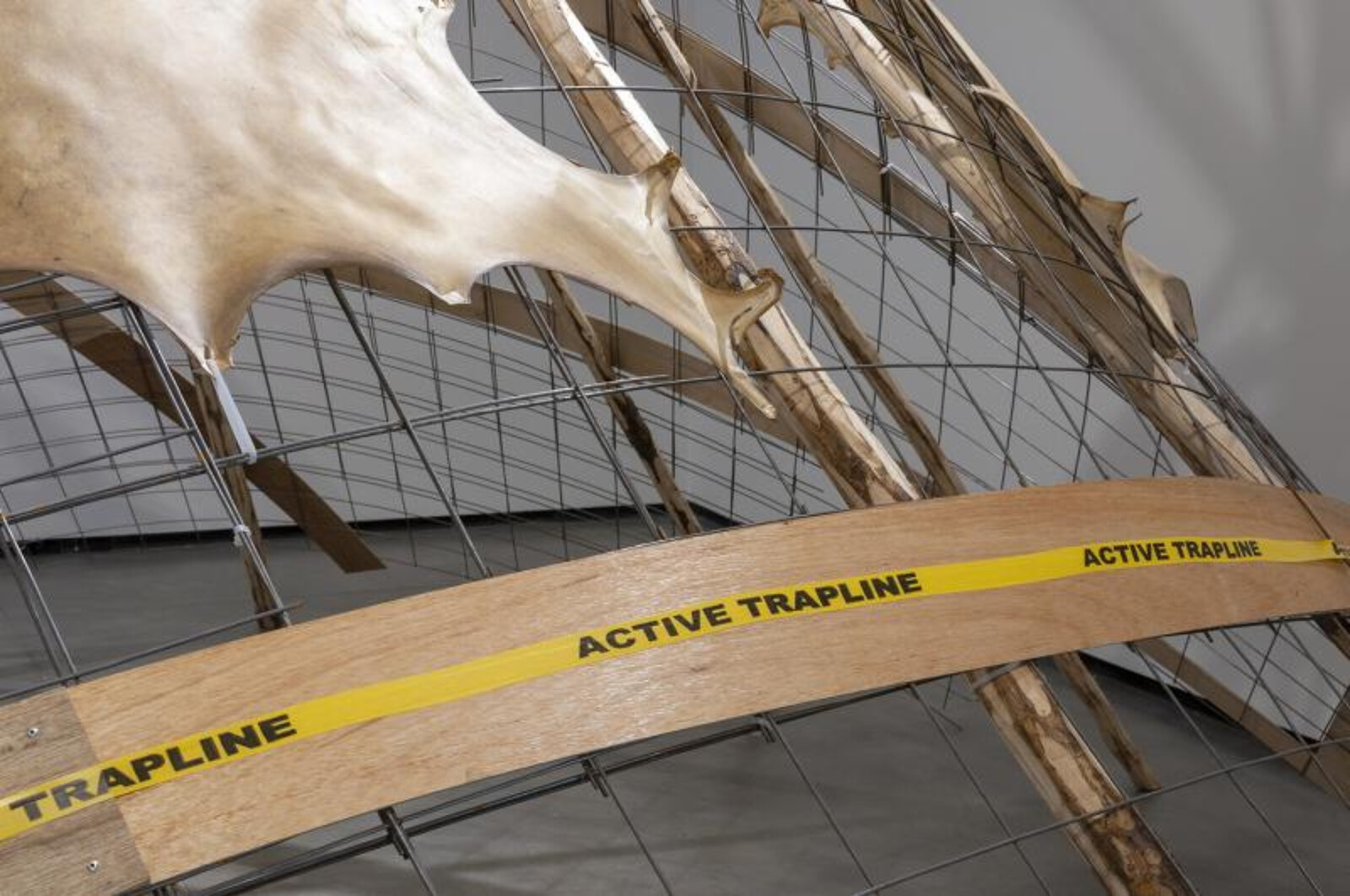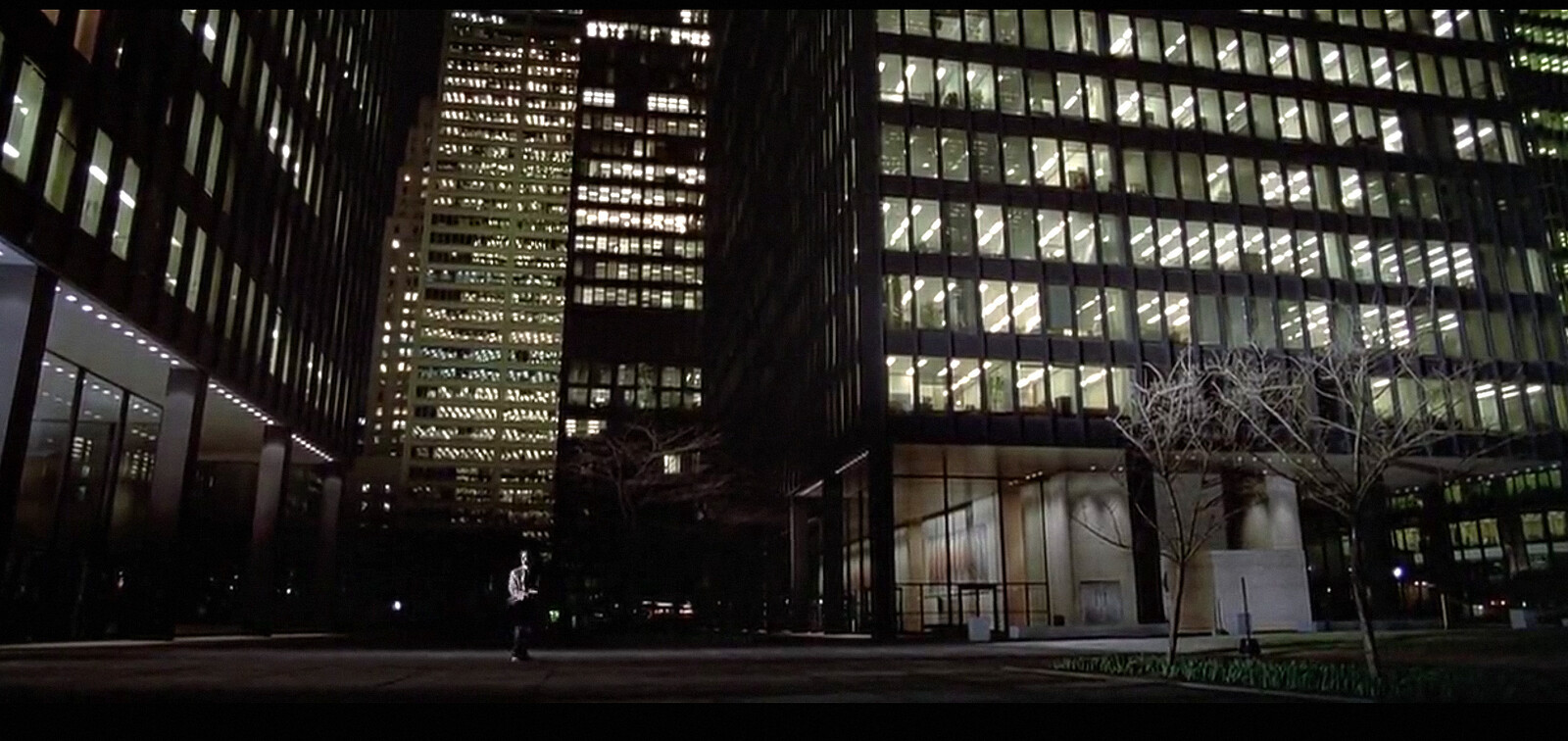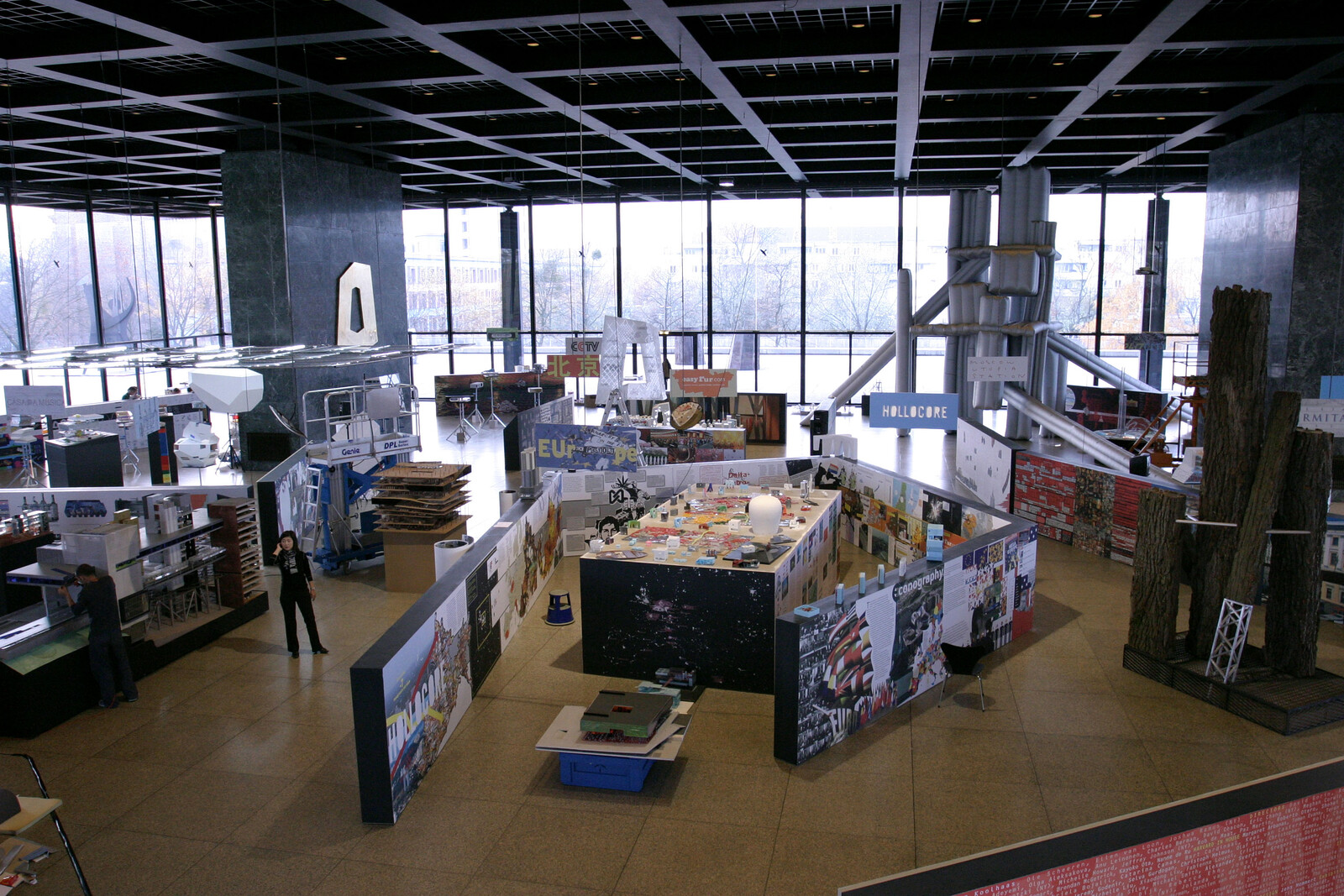Category
Subject
On Models is a collaboration between e-flux Architecture and The Museum of Contemporary Art Toronto.
Contributors
- Nick Axel, Nikolaus Hirsch, and November Paynter Editorial
- Albena Yaneva Missed Magic: Models and the Contagious Togetherness of Making Architecture
- Thea Brejzek and Lawrence Wallen Architecture, Model, Performance
- David Theodore American Psycho and the Fictions of Toronto Real Estate
- Sylvia Lavin One to What? Cultural Technique and Model Making
- K. Jake Chakasim The Consummation of Plastic Emotions
- Matthew Mindrup (in)Exactitude and the Digital Twin: Limitations and Possibilities in Re-presenting the Built Environment
- Orit Halpern Financializing Intelligence: On the Integration of Machines and Markets

